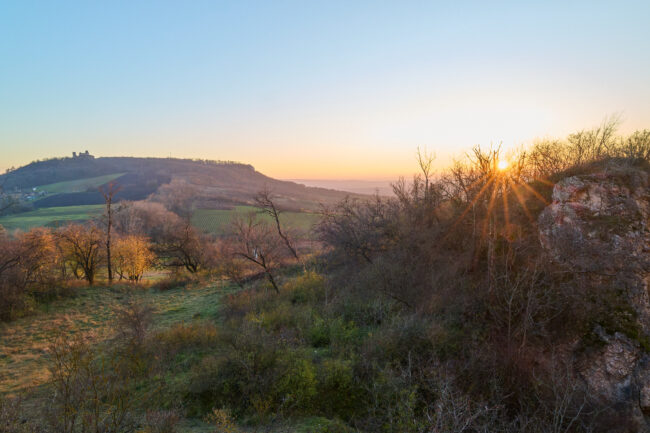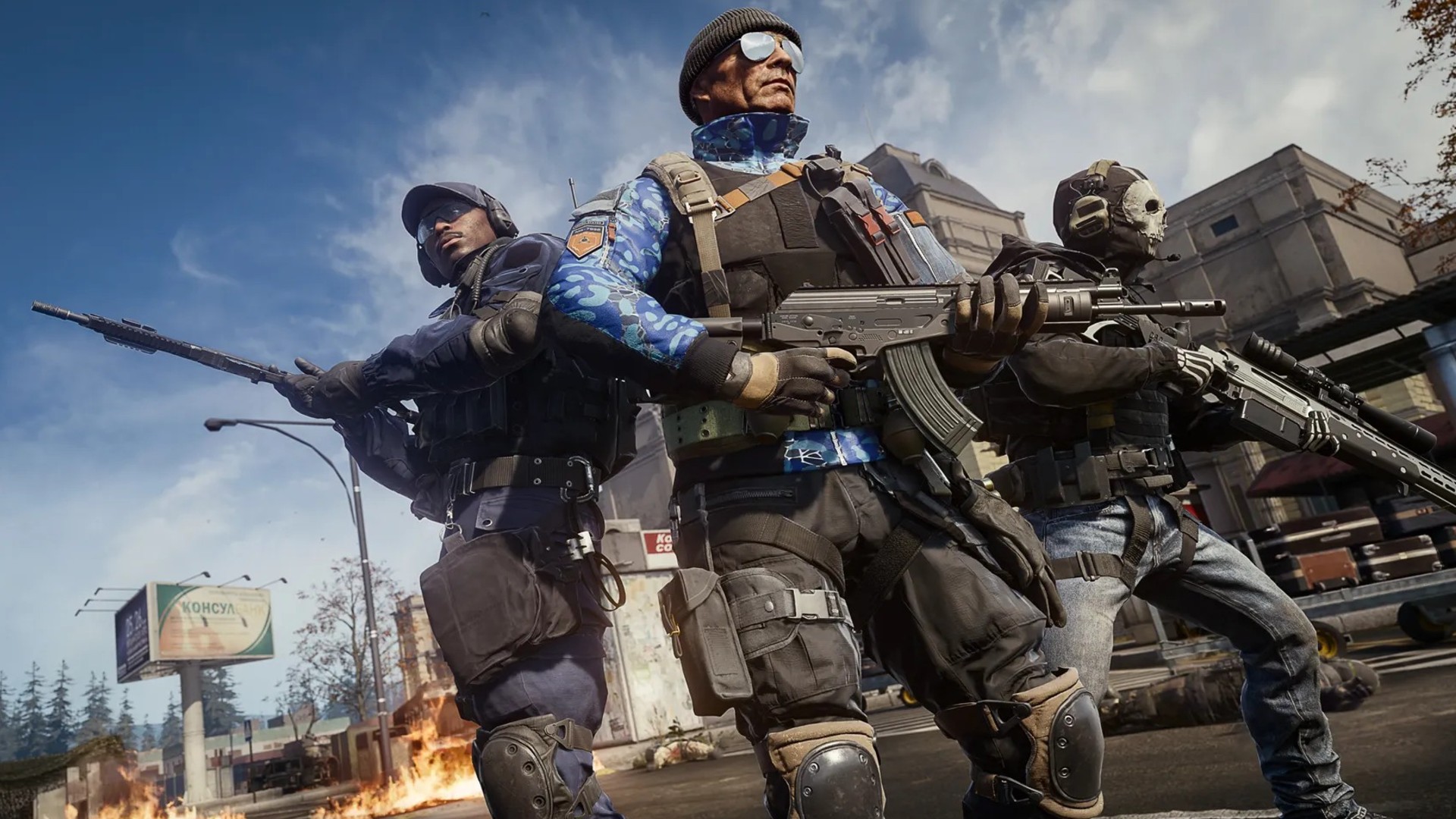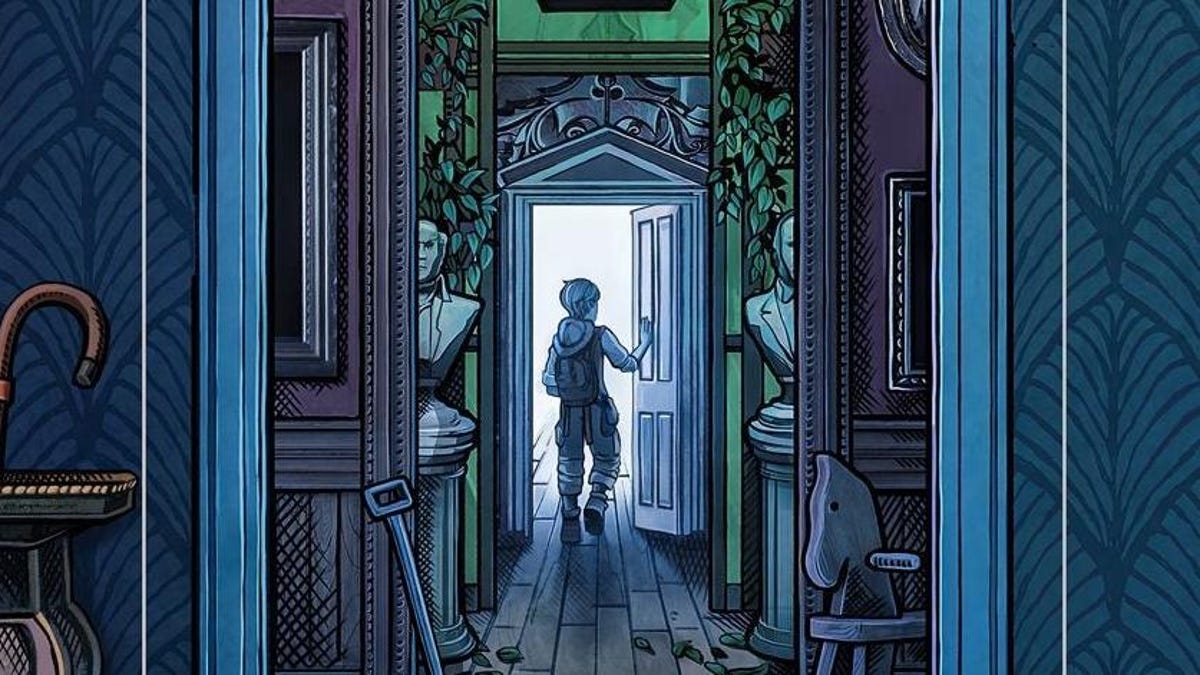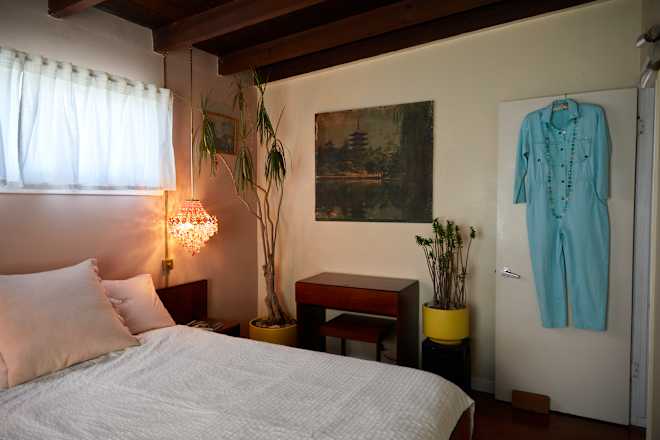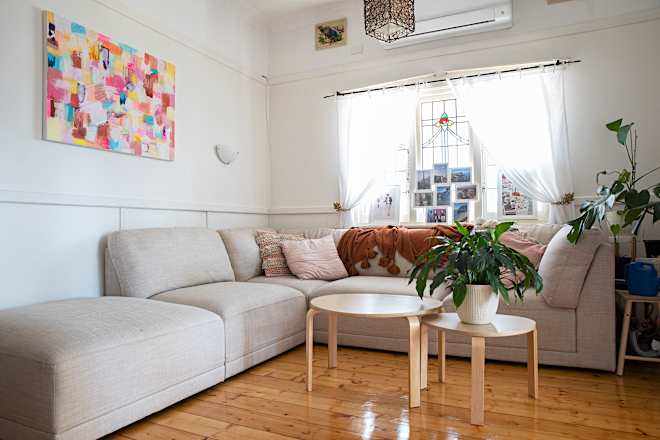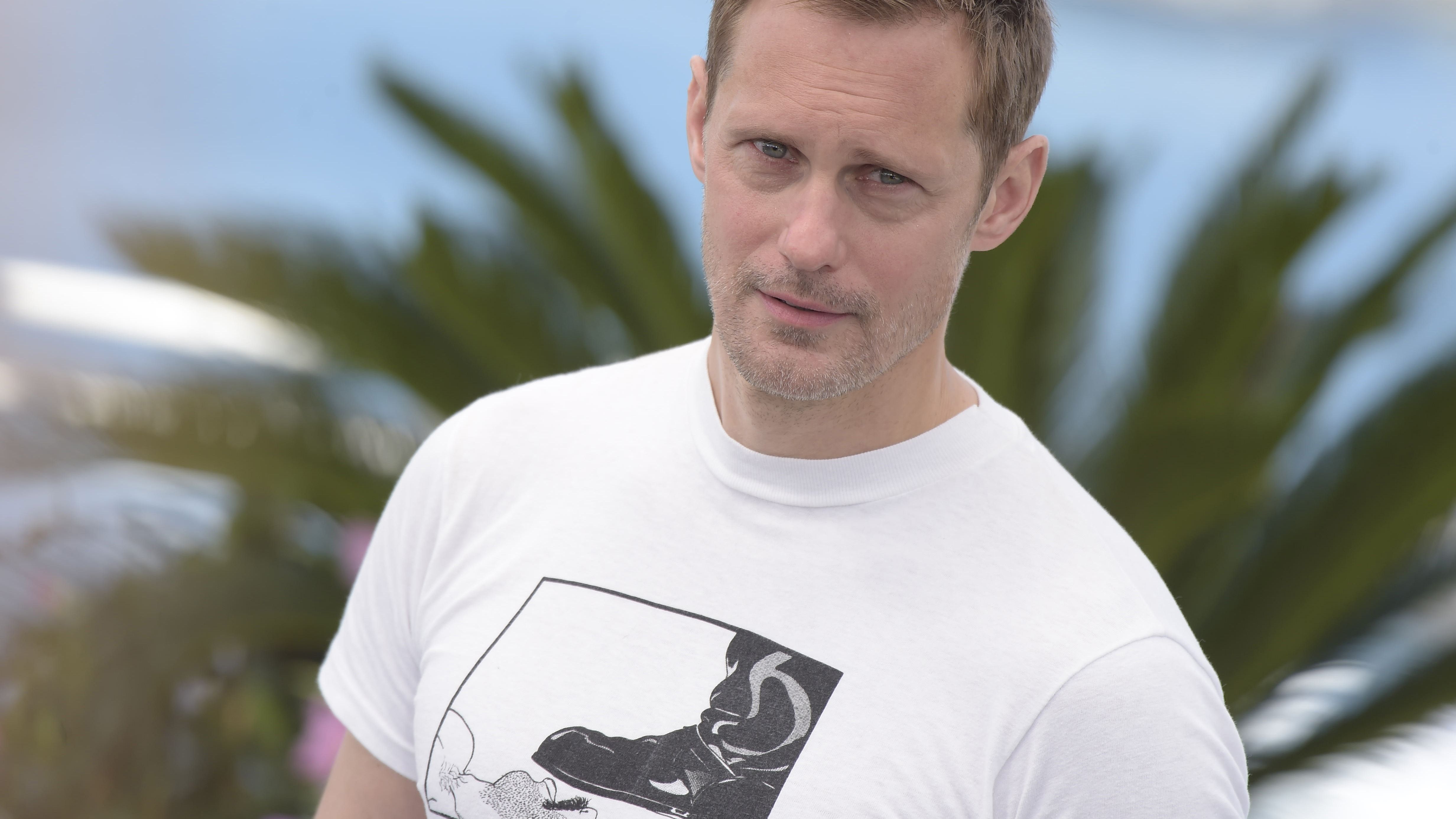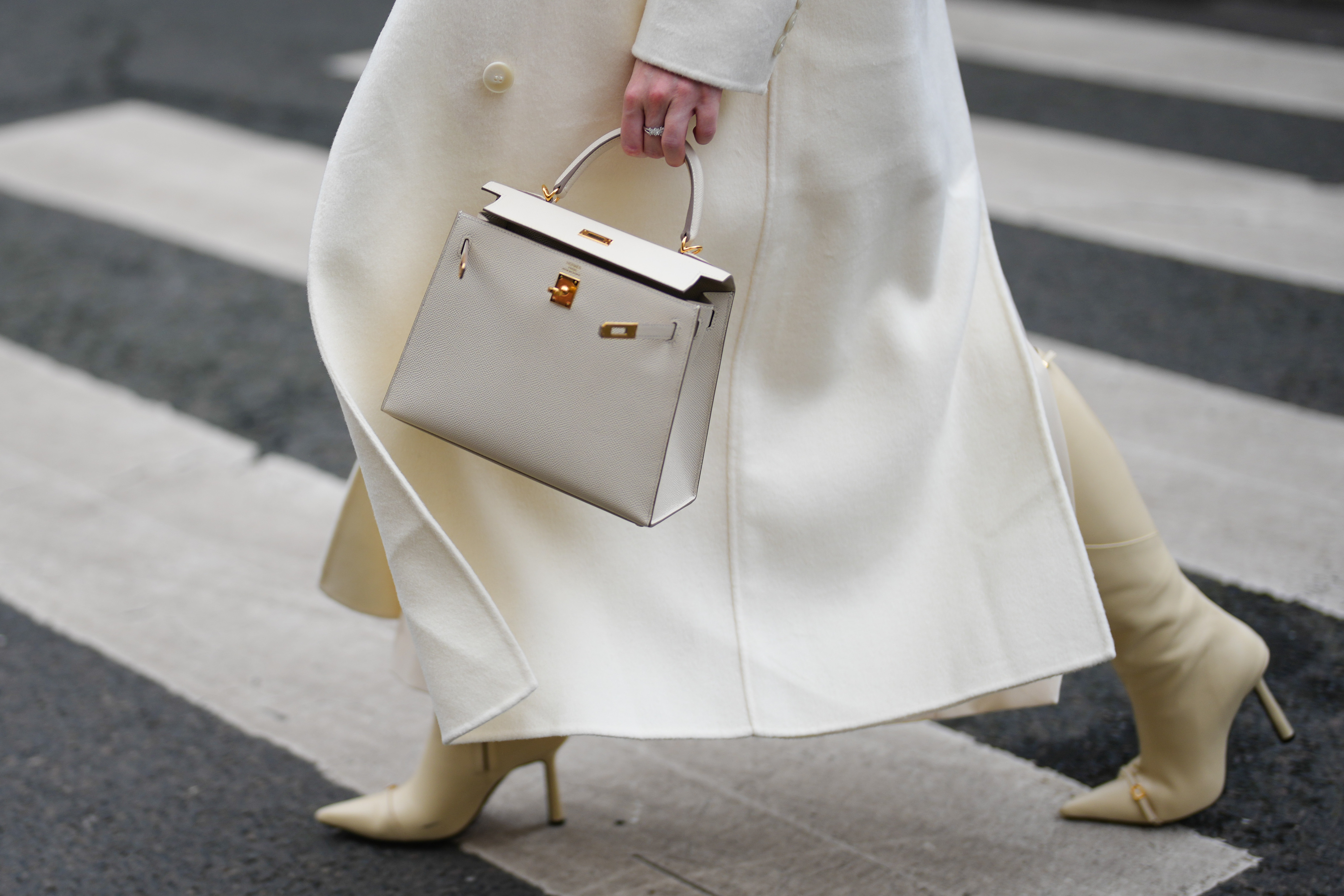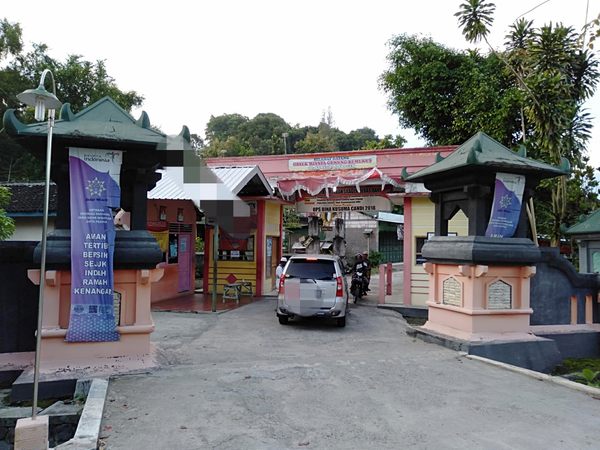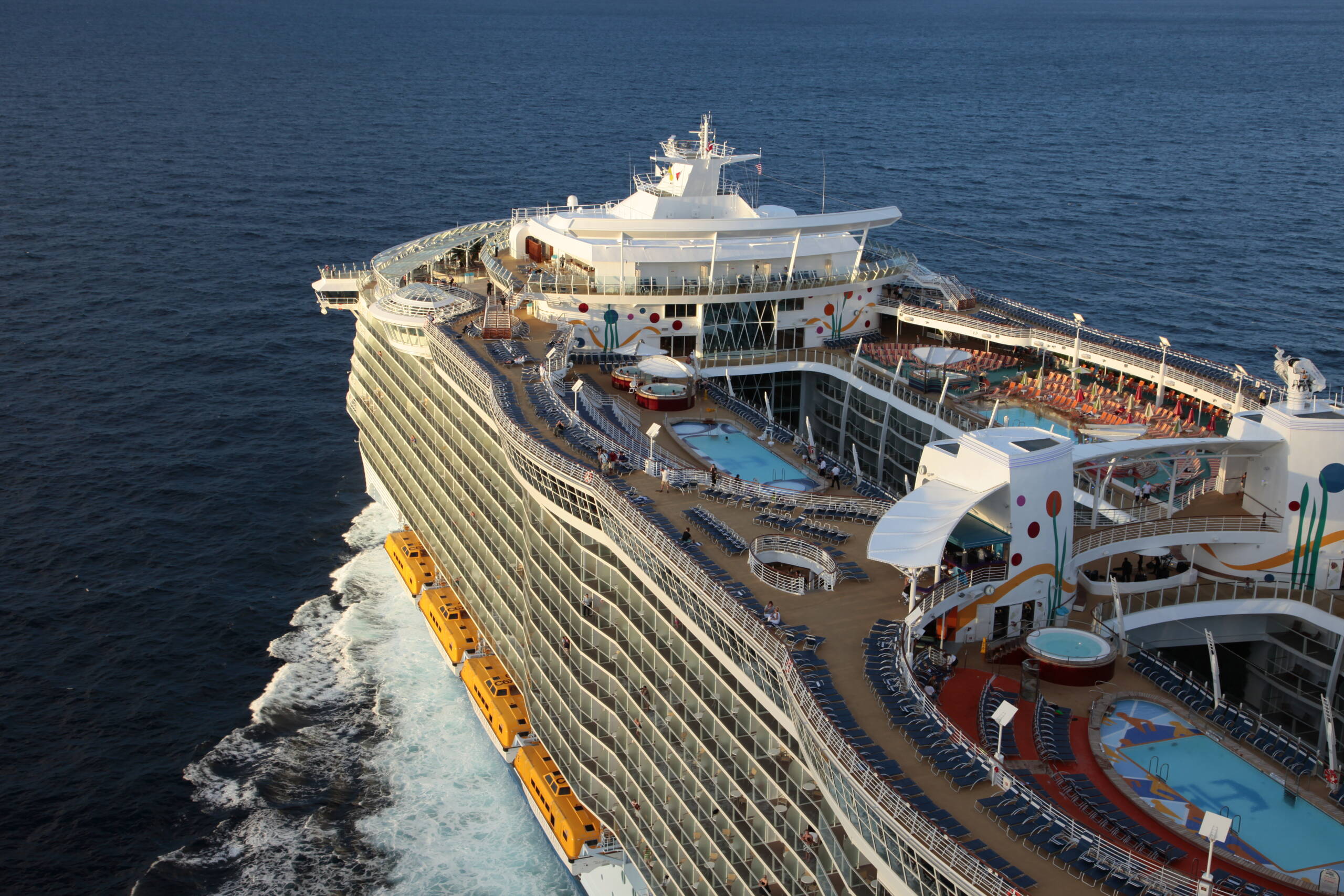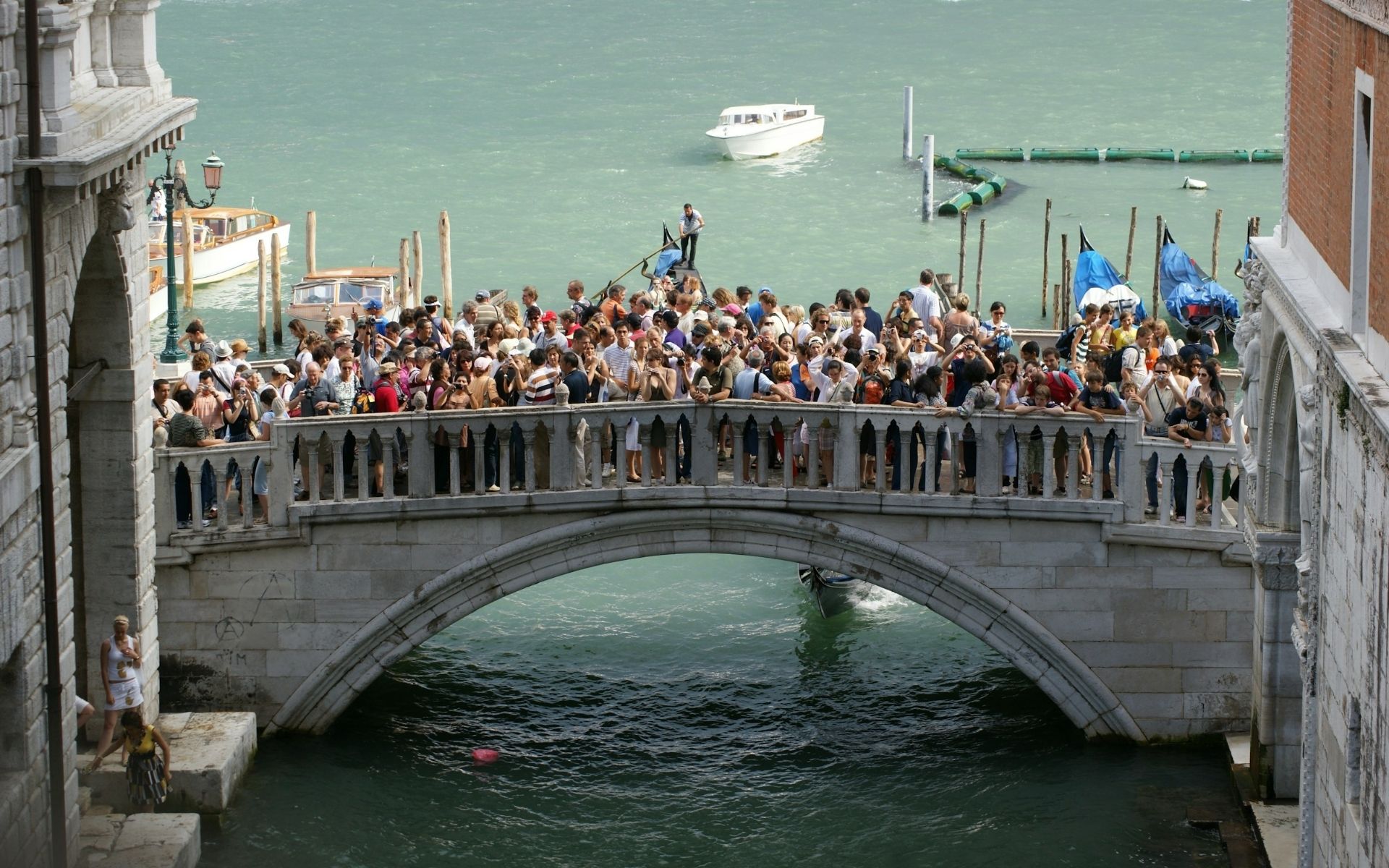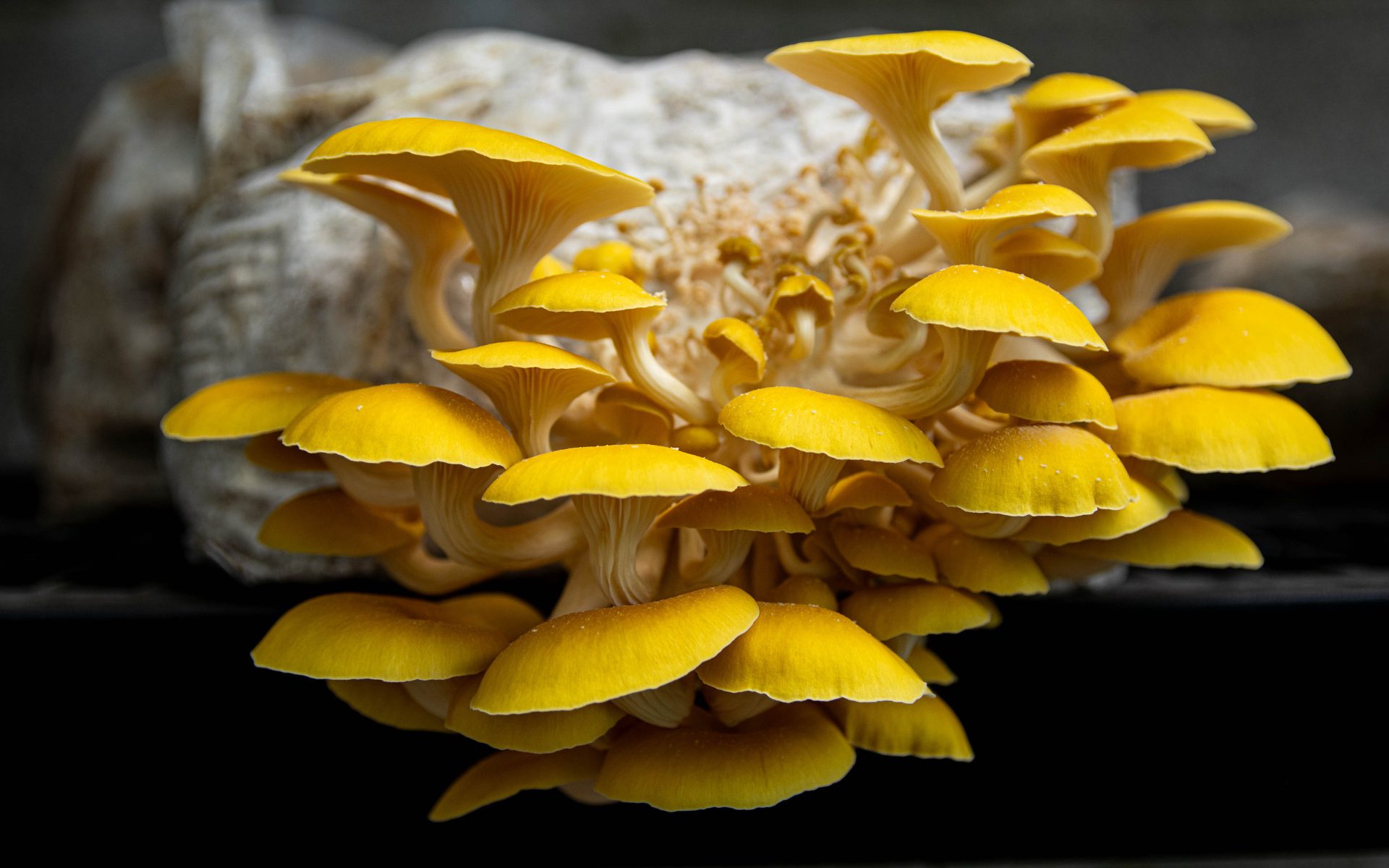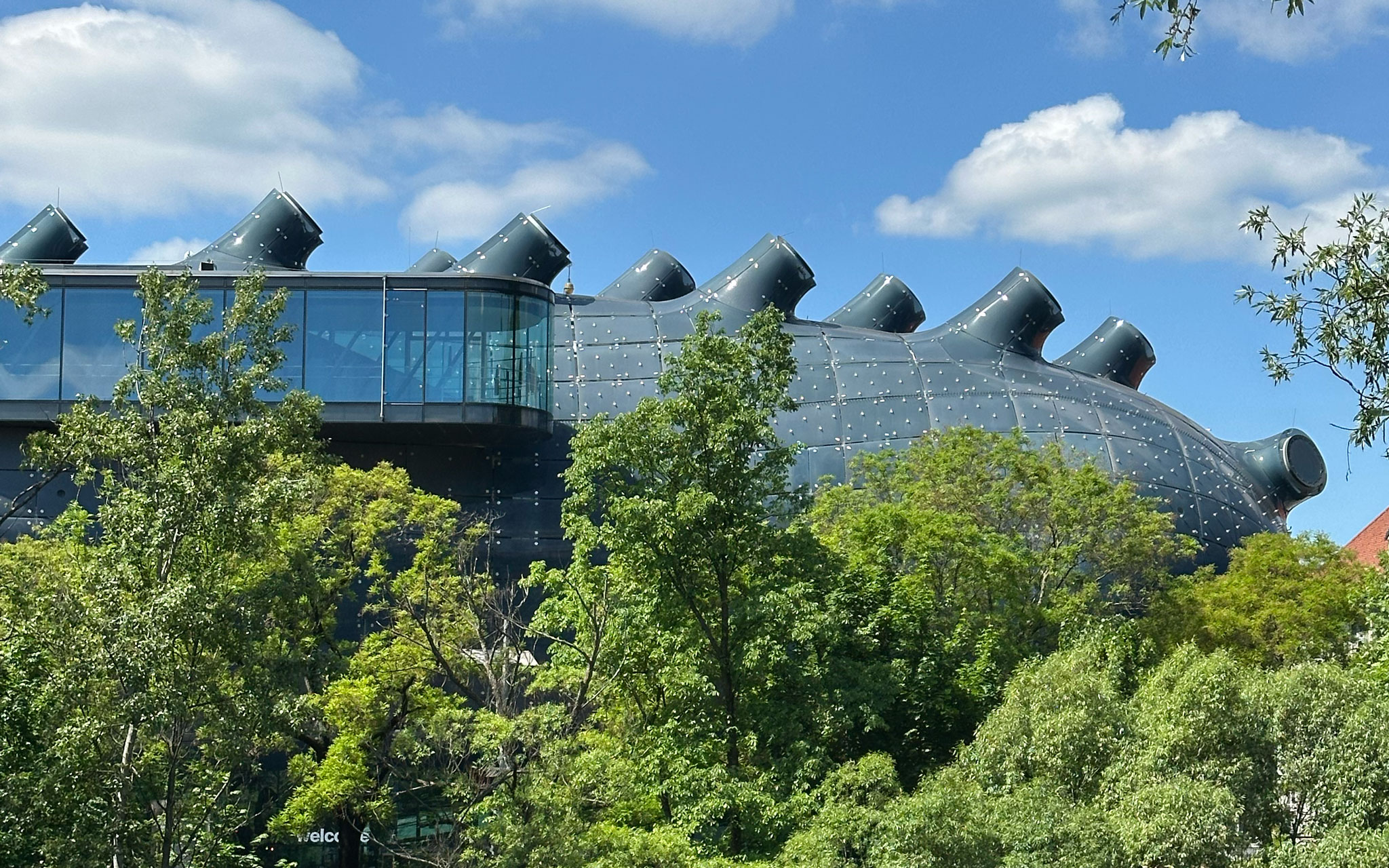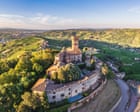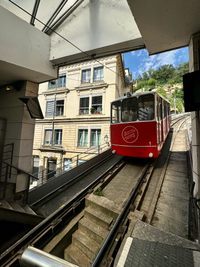Memorial Cap 110: Memorial de l’Anse Caffard in Le Diamant, Martinique
Standing with their backs to wind-swept foliage and volcanic peaks, 15 sandblasted concrete busts face the sea. Their hunched shoulders and bowed heads exude sorrow as they look toward the Gulf of Guinea, their homeland, over 3,000 miles away. Martinique, a French overseas department, was once a lucrative hub for sugarcane—an industry built on the backs of enslaved Africans. Over 200,000 souls were forcibly brought here in the early 1600s. After navigating the treacherous waters between the North and South Atlantic Oceans, a slave ship under Colonel Jean Caffard never reached Martinique. Near the town of Le Diamant, where an ominous, fang-like rock juts from the sea, the ship met its fate. On April 6, 1830—long after the transatlantic slave trade had been outlawed—this vessel, still carrying enslaved Africans in its hull, sank beneath the waves. Shackled together, they had no chance of survival. Forty-six souls were lost. To ensure their story is never forgotten, Cap 110: Memorial de l'Anse Caffard was unveiled in 1998 on the 150th anniversary of slavery’s abolition. Designed by artist Laurent Valère, the 15 figures stand in triangular formation, symbolizing the triangular trade that tore millions from their homeland. Martinique, nicknamed the “island of flowers,” has long captivated visitors with its beauty. Its volcanic peaks, cloaked in mist, are home to dense rainforests, cascading waterfalls, and astonishing biodiversity. Towering over the island is Mount Pelée, infamous for its 1902 eruption—the deadliest volcanic disaster of the 20th century. This region is so ecologically unique that "Volcanoes and Forests of Mount Pelée and the Pitons of Northern Martinique" has earned recognition as a UNESCO World Heritage site, one of fewer than five natural UNESCO sites in the Caribbean. Yet beneath this natural splendor lies a history of resistance and suffering. From the Carib peoples’ fight against European invasion to the scars left by slavery, Martinique’s past is one of both tragedy and resilience. Visiting Cap 110 is not just about history—it is about feeling. The relentless trade winds test your balance, the thunderous waves crash below like cannon fire, and the weight of these solemn figures presses into the earth. Their pain is visible in their posture, their four-ton forms mourning in silence. While Martinique’s breathtaking landscapes and vibrant culture captivate visitors, standing before these statues evokes a profound understanding of Afro-Caribbean history—honoring those who built the West Indies and those who never reached its shores.


Standing with their backs to wind-swept foliage and volcanic peaks, 15 sandblasted concrete busts face the sea. Their hunched shoulders and bowed heads exude sorrow as they look toward the Gulf of Guinea, their homeland, over 3,000 miles away.
Martinique, a French overseas department, was once a lucrative hub for sugarcane—an industry built on the backs of enslaved Africans. Over 200,000 souls were forcibly brought here in the early 1600s.
After navigating the treacherous waters between the North and South Atlantic Oceans, a slave ship under Colonel Jean Caffard never reached Martinique. Near the town of Le Diamant, where an ominous, fang-like rock juts from the sea, the ship met its fate. On April 6, 1830—long after the transatlantic slave trade had been outlawed—this vessel, still carrying enslaved Africans in its hull, sank beneath the waves. Shackled together, they had no chance of survival. Forty-six souls were lost.
To ensure their story is never forgotten, Cap 110: Memorial de l'Anse Caffard was unveiled in 1998 on the 150th anniversary of slavery’s abolition. Designed by artist Laurent Valère, the 15 figures stand in triangular formation, symbolizing the triangular trade that tore millions from their homeland.
Martinique, nicknamed the “island of flowers,” has long captivated visitors with its beauty. Its volcanic peaks, cloaked in mist, are home to dense rainforests, cascading waterfalls, and astonishing biodiversity. Towering over the island is Mount Pelée, infamous for its 1902 eruption—the deadliest volcanic disaster of the 20th century. This region is so ecologically unique that "Volcanoes and Forests of Mount Pelée and the Pitons of Northern Martinique" has earned recognition as a UNESCO World Heritage site, one of fewer than five natural UNESCO sites in the Caribbean.
Yet beneath this natural splendor lies a history of resistance and suffering. From the Carib peoples’ fight against European invasion to the scars left by slavery, Martinique’s past is one of both tragedy and resilience.
Visiting Cap 110 is not just about history—it is about feeling. The relentless trade winds test your balance, the thunderous waves crash below like cannon fire, and the weight of these solemn figures presses into the earth. Their pain is visible in their posture, their four-ton forms mourning in silence.
While Martinique’s breathtaking landscapes and vibrant culture captivate visitors, standing before these statues evokes a profound understanding of Afro-Caribbean history—honoring those who built the West Indies and those who never reached its shores.











































